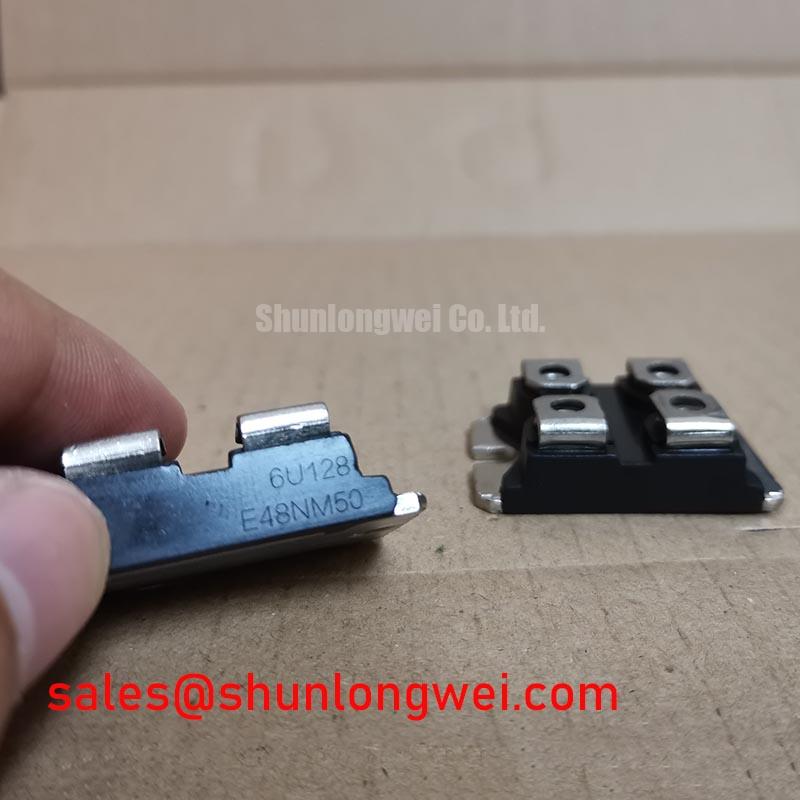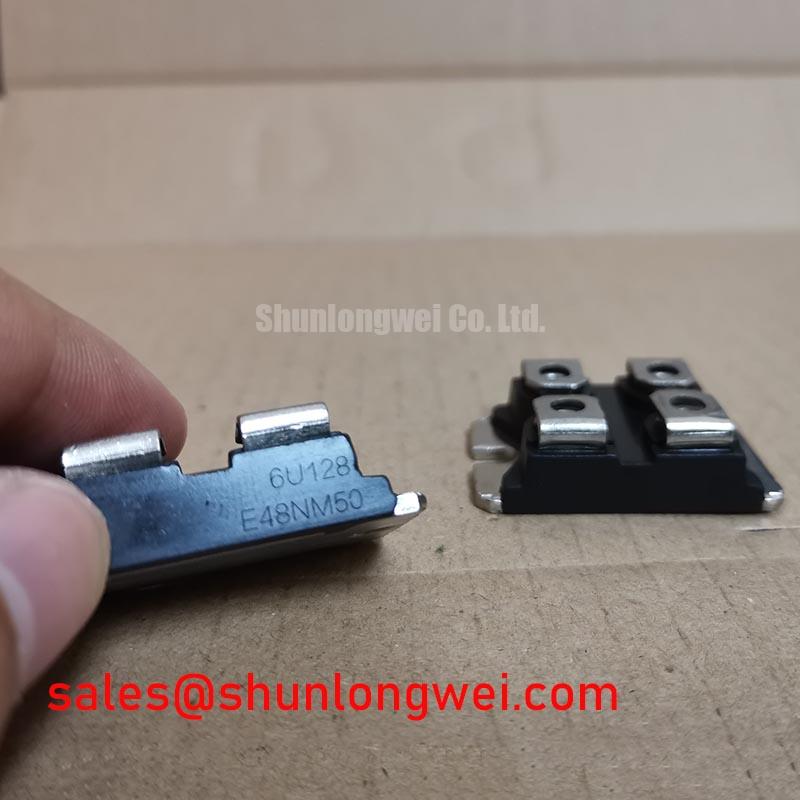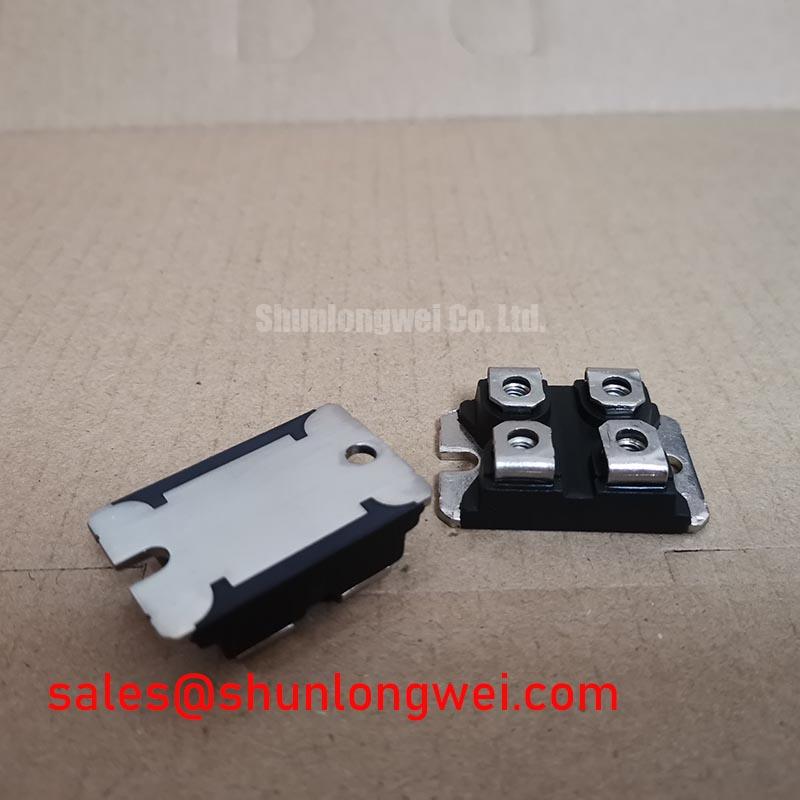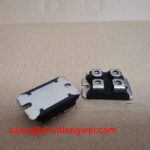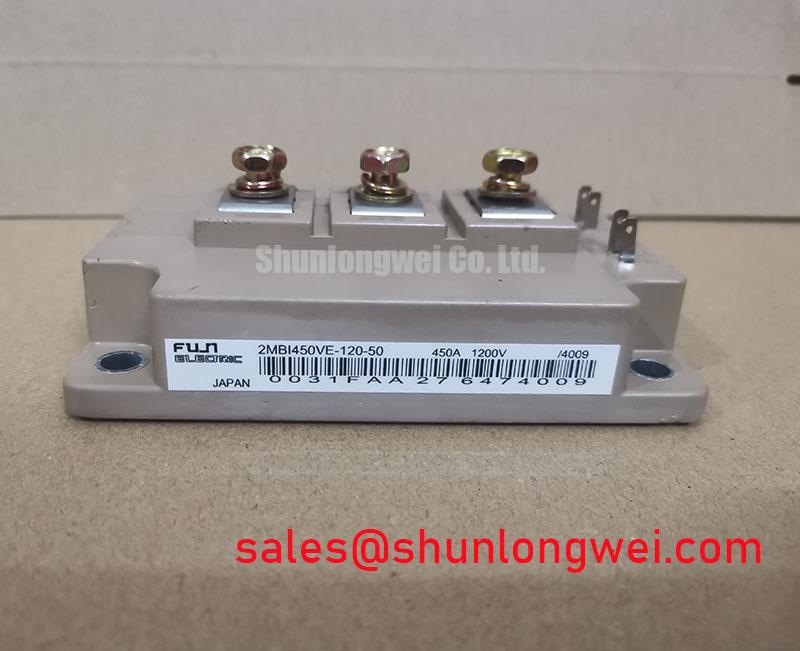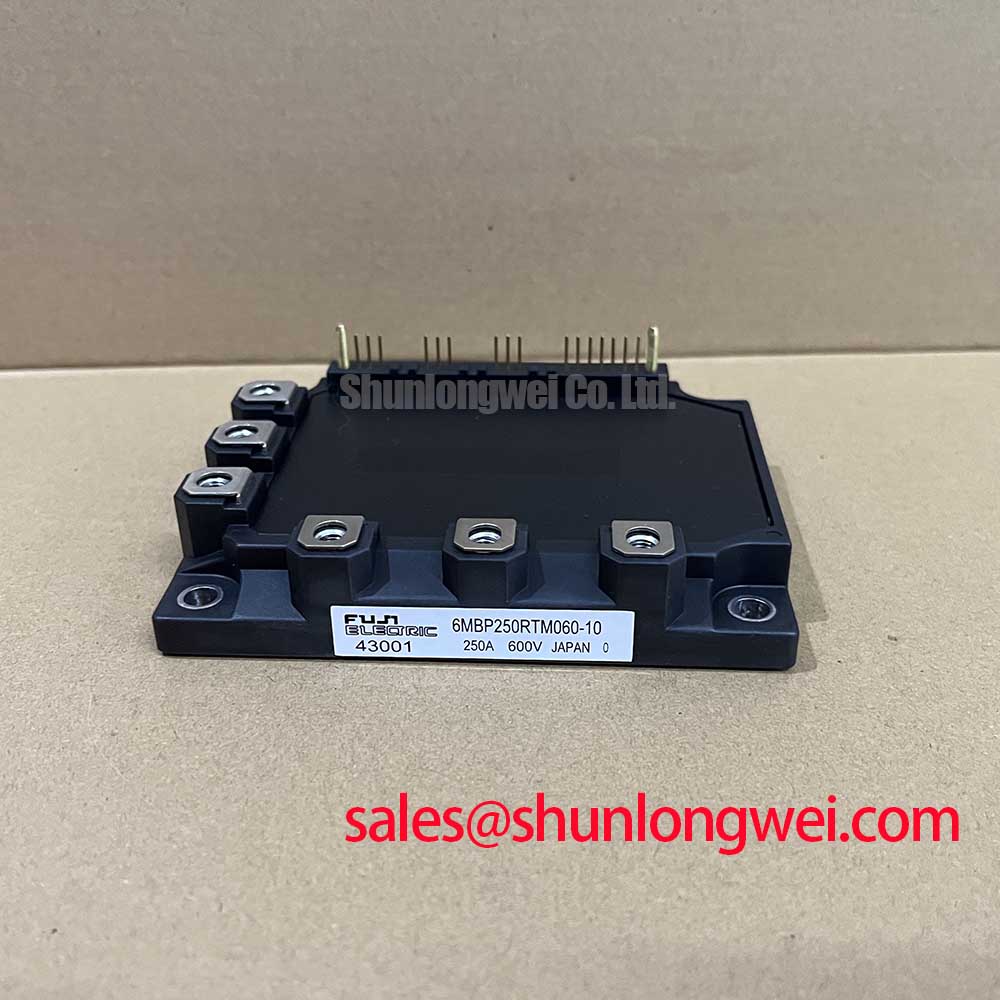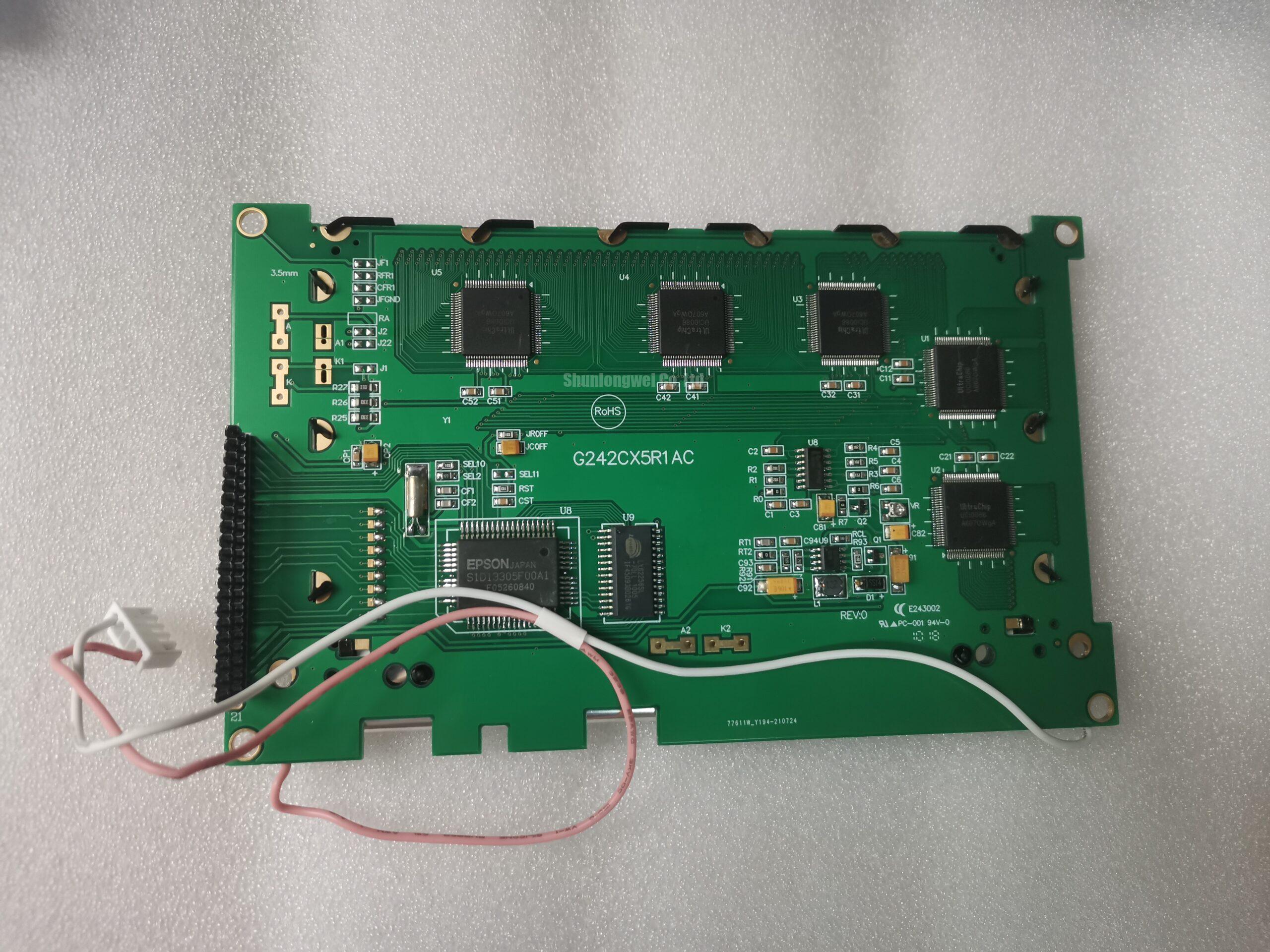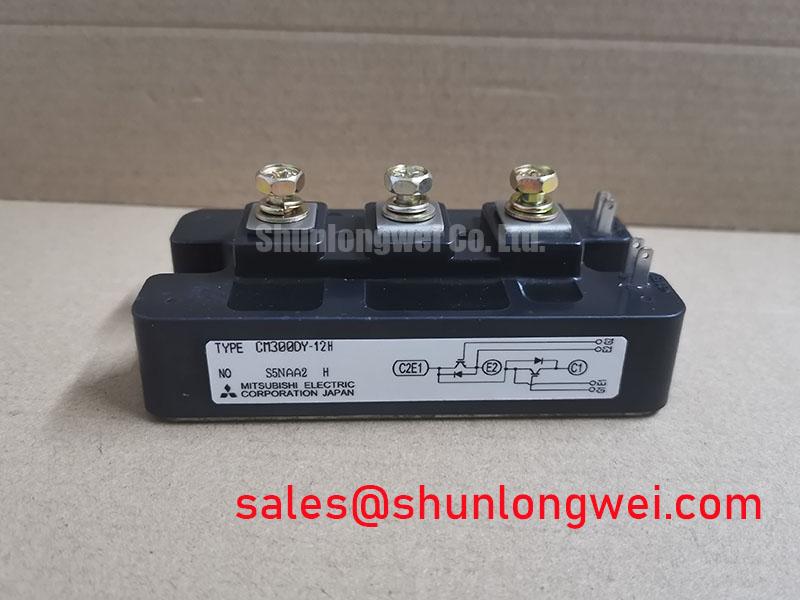STE48NM50 MDmesh™ II Power MOSFET: Technical Review for Power System Design
Introduction: Redefining Efficiency in High-Frequency Power Conversion
The STMicroelectronics STE48NM50 is an N-channel Power MOSFET engineered to deliver benchmark performance in high-frequency power conversion systems. This device combines a 500V drain-source voltage with a 48A continuous drain current and an exceptionally low typical on-state resistance of 0.08 Ω. Its core advantages stem from extremely low gate charge and 100% avalanche testing, ensuring both high efficiency and robust reliability. For engineers developing advanced Switched-Mode Power Supplies (SMPS), the key challenge is minimizing losses across the entire load range; the STE48NM50 directly addresses this by offering one of the best-in-class figures of merit (Rds(on) * Qg). For high-frequency SMPS designs targeting 80 PLUS Titanium efficiency, the STE48NM50's low Figure of Merit presents a compelling solution.
Key Parameter Overview
Decoding the Electrical Ratings for High-Frequency Designs
The technical specifications of the STE48NM50 are tailored for demanding applications where both static and dynamic performance are critical. The parameters below, extracted from the official datasheet, provide the foundation for robust power circuit design and thermal analysis.
| Functional Group: Absolute Maximum Ratings | ||
|---|---|---|
| VDS | Drain-source Voltage | 500 V |
| ID | Continuous Drain Current (@ TC = 25 °C) | 48 A |
| ID | Continuous Drain Current (@ TC = 100 °C) | 30 A |
| Ptot | Total Dissipation (@ TC = 25 °C) | 300 W |
| Functional Group: Thermal Data | ||
| Rthj-case | Thermal Resistance Junction-case Max | 0.42 °C/W |
| Functional Group: Key Electrical Characteristics (Switching & Conduction) | ||
| RDS(on) max | Static Drain-source On-Resistance (@ VGS = 10V) | < 0.09 Ω |
| Qg typ. | Total Gate Charge (@ VDS = 400V, ID = 48A) | 110 nC |
| Ciss typ. | Input Capacitance | 3600 pF |
| EAS | Single Pulse Avalanche Energy | 550 mJ |
Download the STE48NM50 datasheet for detailed specifications and performance curves.
Application Scenarios & Value
System-Level Benefits in Switched-Mode Power Conversion
The STE48NM50 is optimized for high-performance switching applications where efficiency and power density are primary design drivers. Its unique characteristics make it a strong candidate for the main switching element in various topologies.
- Switched-Mode Power Supplies (SMPS): In server, telecom, and industrial power supplies, every fraction of a percent in efficiency counts. The STE48NM50's low Rds(on) directly reduces I²R conduction losses, which are dominant at high loads. What is the primary benefit of MDmesh™ II technology? It achieves a superior Figure of Merit, reducing both switching and conduction losses.
- Power Factor Correction (PFC) Circuits: For active PFC stages operating in continuous conduction mode (CCM), minimizing losses in the boost switch is crucial. The combination of low Rds(on) and low gate charge (Qg) in the STE48NM50 reduces both conduction and switching losses, enabling designers to meet stringent energy standards like the 80 PLUS Titanium certification.
- Lighting and Display Power: The device is well-suited for high-power LED drivers and power systems for large industrial displays, where reliable and efficient power conversion ensures longevity and lower operating costs.
In a typical hard-switching topology, an engineer's challenge is to manage the heat generated during the switching transitions. The STE48NM50's low Qg means less energy is required to turn the device on and off, directly translating to lower switching losses and reduced thermal stress on the component. This allows for smaller heatsinks or higher operating frequencies, leading to more compact and cost-effective system designs.
Frequently Asked Questions (FAQ)
How does the avalanche rating of the STE48NM50 contribute to system reliability?
The 100% avalanche testing and a substantial single-pulse avalanche energy (EAS) rating of 550 mJ guarantee a high level of ruggedness. In applications with inductive loads, such as motor control or SMPS, transient voltage spikes are common. This rating ensures the MOSFET can safely absorb significant energy under unclamped inductive switching (UIS) events, preventing catastrophic failure and enhancing the overall reliability of the end system.
What is the engineering significance of the low typical Rds(on) of 0.08 Ω?
The on-state resistance, Rds(on), acts like a simple resistor when the MOSFET is fully turned on. A lower Rds(on) directly translates to lower power loss (P = I² * R) during the conduction phase. Think of it as the resistance of a water pipe; the STE48NM50's low 0.08 Ω is like an exceptionally wide, smooth pipe that allows current to flow with minimal energy wasted as heat. This directly improves efficiency and simplifies thermal management.
Technical Deep Dive
MDmesh™ II Technology: A Closer Look at the Figure of Merit
At the heart of the STE48NM50's performance is STMicroelectronics' MDmesh™ II technology. This is a multiple-drain mesh layout structure that significantly improves upon traditional planar MOSFET designs. Its primary achievement is the drastic reduction of the on-state resistance (Rds(on)) for a given die area without a proportional increase in gate charge (Qg), which is a common trade-off in MOSFET design.
This optimization leads to a superior Figure of Merit (FOM), which is often defined as Rds(on) x Qg. A lower FOM is the hallmark of a more advanced power switch, as it signifies that the device incurs lower total losses (both conduction and switching). For a design engineer, this means achieving higher efficiency at faster switching frequencies. The gate charge can be visualized as the effort needed to open a heavy door; a lower Qg means the door is lighter and can be opened and closed much more quickly with less energy. By minimizing this "effort," MDmesh™ II technology allows the STE48NM50 to operate efficiently in demanding high-frequency designs, enabling the use of smaller magnetic components and capacitors, thereby increasing the system's power density.
Design and Sourcing Considerations
Engineers evaluating the STE48NM50 should consult the full datasheet to analyze its performance curves under their specific operating conditions. As a distributor of electronic components, we provide access to a broad range of power devices to support your design needs. For technical evaluation or procurement inquiries regarding the STE48NM50, please contact our sales team for assistance.

